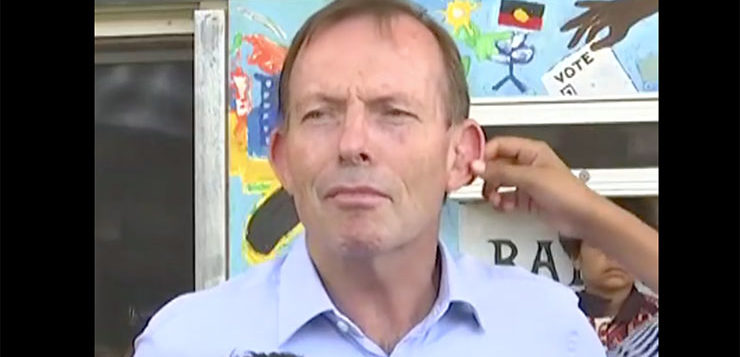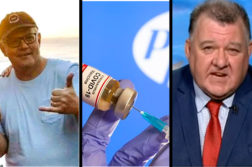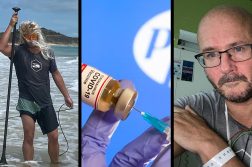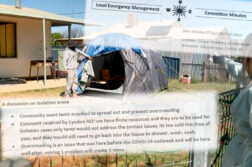SPECIAL INVESTIGATION: Ever fond of slogans, Tony Abbott defined his ‘Prime Ministership of Indigenous Affairs’ by his mantra of ‘get kids to school’, ‘get adults to work’, and ‘make communities safe’. But six years after rising to the highest office in the land, the figures on Abbott’s performance in boosting black employment, school attendance and community safety are in. And they’re a complete train wreck. Chris Graham investigates. Additional research by Matilda Duncan.
There are five basic rules of propaganda. The second, and arguably the easiest to achieve, is sometimes called ‘The rule of orchestration’: endlessly repeat the same messages in different variations and combinations.
Or to put it in a modern political context: if you tell a lie often enough, it eventually becomes the truth.
Anyone who received a copy of the Queen’s Birthday Honours List earlier this month, and is a keen watcher of Indigenous affairs, might have heard Joseph Goebbels’ Theory of Propaganda ringing loudly in their ears.
Over the June long weekend, former Australian Prime Minister Tony Abbott was appointed the highest honour, a Companion of the Order of Australia (AC), for his “eminent service to the people and Parliament of Australia, particularly as Prime Minister, and through significant contributions to trade, border control, and to the Indigenous community”.
Abbott was, of course, poison to Indigenous affairs, and widely regarded so by Aboriginal and Torres Strait Islander people around the country. In his first budget as prime minister, Abbott cut more than half a billion dollars from Indigenous affairs funding, and then redirected hundreds of millions more away from small Aboriginal community-controlled organisations to large corporations and NGOs.
In the process, he created a single funding stream – the Indigenous Advancement Strategy (IAS) – which he housed within his own Department of Prime Minister and Cabinet, a department with no experience in wide-scale program delivery.
The affects were immediate, and catastrophic – services in Indigenous communities around the country were thrown into chaos, a fact acknowledged by a 2016 Senate Inquiry. But while his actions as the self-appointed ‘Prime Minister for Indigenous Affairs’ were devastating, his words weren’t much better.
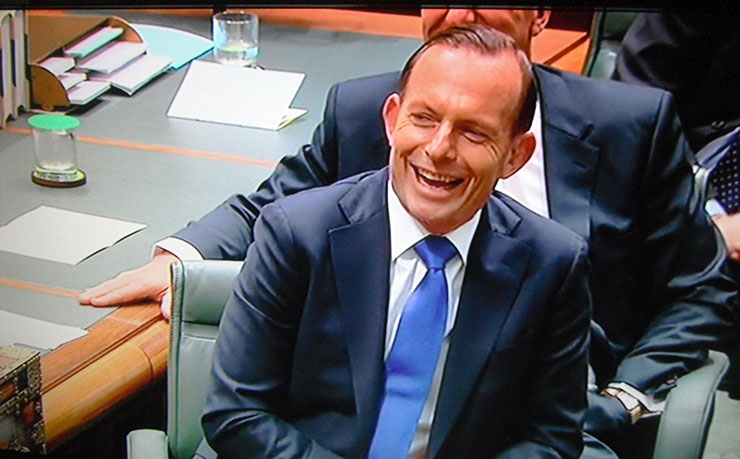
In November 2014, Abbott told a Sydney audience which included UK Prime Minister David Cameron that prior to the arrival of the British in 1788, Sydney was ‘nothing but bush’, adding that pre-colonisation civilisation was “extraordinarily basic and raw”.
It was no slip of the tongue. Three months earlier, Abbott said this at the launch of a museum exhibit: “The arrival of the First Fleet was the defining moment in the history of this continent. Let me repeat that – it was the defining moment in the history of this continent. It was the moment this continent became part of the modern world.”
That was no slip of the tongue either. A month before that he said this: “I guess our country owes its existence to a form of foreign investment by the British government in the then unsettled or, um, scarcely settled, Great South Land.”
By far Abbott’s most outrageous statement – and his most damaging – was in support of the West Australian Government’s plan to defund 150 small, homeland (outstation) Aboriginal communities, which Liberal premier Colin Barnett blamed on a lack of federal funding. Abbott agreed, arguing that Aboriginal people who lived on their traditional lands in small, remote communities had made a “lifestyle choice”, and taxpayers shouldn’t have to fund them.
Traditional ownership aside, this study, published in the Medical Journal of Australia, explains and expands on what governments and researchers have known since at least the mid-1990s – Aboriginal people living ‘on country’ have significantly lower mortality and morbidity rates than Aboriginal people living in larger, more urbanised centres.
But here’s me letting the facts get in the way of a good propaganda campaign. Speaking of which, the public statements from Abbott listed above embraced rules 3, 4 and 5: Give only one side of the argument; Continuously criticise your opponents; Pick out one special ‘enemy’ for special vilification.
Abbott’s propaganda war against Aboriginal people, while effective, didn’t help him keep his job. In September 2015, after less than two years in the job, he has booted from The Lodge by his own party, and Malcolm Turnbull installed in his place.
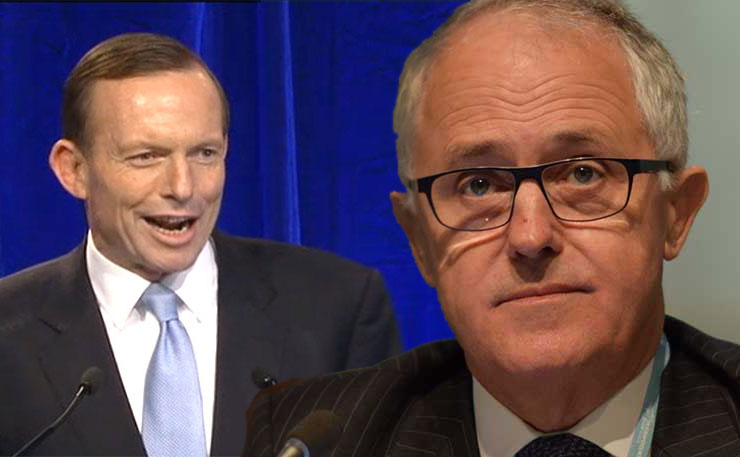
Fast forward a few years, and Abbott would have his revenge, playing a key role in Turnbull’s execution and the elevation of Scott Morrison. As one of the coup leaders, Abbott looked like making a political comeback with a return to the cabinet. But if Abbott was poison to Indigenous affairs, he was a toxic waste dump to mainstream politics. Instead, Morrison gave Abbott the role of ‘Special Envoy on Indigenous Affairs’, which in political terms is roughly the equivalent of a school sports carnival ‘Participation Award’.
Unfortunately, while the Special Envoy role was clearly pointless, it was also very expensive. Abbott wasted no time in jetting off around the country, racking up $95,000 in travel costs and entitlements in just 16 days.
The trip resulted in no report to Government, no carefully constructed roadmap for a way forward from the grinding poverty and despair that is entrenched in so much of remote Australia. But Abbott did deliver a 20-minute speech to Parliament, and like his ‘lifestyle choices’ comment, it was as divorced from reality as the silly title that underpinned it.
“You can appreciate, Mr Speaker, my reservations, when the Prime Minister asked me to be his Special Envoy for Indigenous affairs. How could a backbench MP make a difference in six months to a problem that had been intractable for 200 years? Yet perhaps someone who’s been wrestling with this for a quarter century and may have spent more time in remote Australia than any other MP, except the few who actually live there — but isn’t dealing with every lobby and vested interest, as the Prime Minister, the minister and the relevant local member invariably are — can bring fresh eyes to an old problem and perhaps distinguish the wood from the trees.”
Perhaps… but alas, no.
Rewriting History
There’s numerous parts of Abbott’s ‘Special Envoy’ speech that illustrate how much fantasy, historical revisionism and outright propaganda was embedded in his interactions with Indigenous Australians, but perhaps this line sums it up best:
“While little ever improves as fast as we would like, it was gratifying to see that the Opal fuel, which I introduced as health minister, has all but eliminated petrol-sniffing in remote Australia.”
It’s true that Abbott did introduce non-sniffable Opal fuel to remote Australia while health minister. And it did all but eliminate petrol sniffing. But it’s also true that he resisted it bitterly for almost a year.
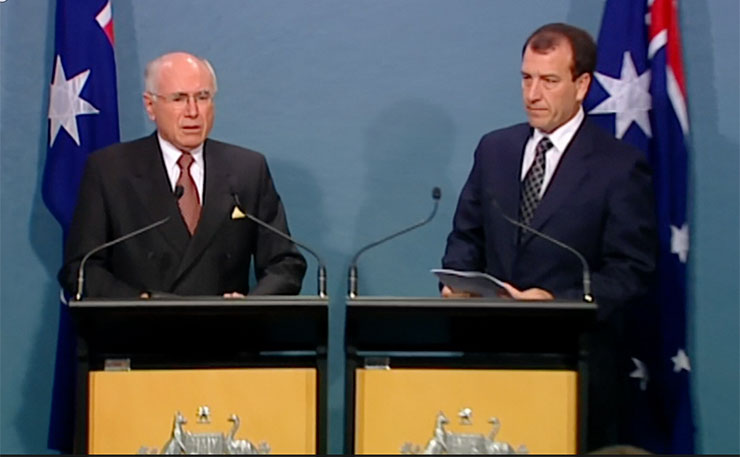
Petrol sniffing in remote Aboriginal communities began to seriously take hold in the mid-1990s, to mostly deafening silence from the Howard government. In 1998, after several years of agitation by the Aboriginal and Torres Strait Islander Commission (ATSIC), the Howard government announced the Comgas scheme. Avgas, which is aromatically much lower than regular fuel, was offered to remote Aboriginal communities that requested it.
The total cost to the taxpayer over six years – 1999 to 2005 – was just $3,031,328.11. But the cost of its failure to the Aboriginal community was incalculable.
Petrol sniffing continued to grow, and to add insult to injury, the Howard government hiked up the price of Avgas in 2000, forcing some communities to abandon any progress they’d made and switch back to regular petrol. That same year, the Howard government was funding a single pilot program to tackle sniffing, centred on the Northern Territory. At the same time, it spent $9 million opposing a Stolen Generations compensation case in the Federal Court.
Nothing much beyond hand-wringing and political hand-balling happened for the next few years. Abbott was appointed health minister in 2003, and the silence around sniffing continued. Finally, in February 2005, BP Australia launched Opal fuel.
Pressure quickly mounted on the Howard government to fund its roll out across remote communities, with estimates suggesting there were now 600-plus ‘habitual sniffers’ in the Territory alone.
Abbott’s response was to dig in his heels and suggest to Aboriginal parents that the solution was for them to simply ‘take responsibility’. An April 2005 report by the ABC captured his mood and interest:
“A spokeswoman for federal Health Minister Tony Abbott says the Federal Government has committed $1 million to subsidising the use of opal in 37 communities. She says the Government does not believe introducing the non-sniffable fuel to 37 communities is a solution to the problem of petrol sniffing, but it is a useful contribution.”
Two months later, Abbott’s position hardened even further, according to another ABC report:
Federal Health Minister Tony Abbott has ruled out a blanket introduction of the non-sniff Opal fuel in Central Australia. Mr Abbott says it would not be possible to introduce the fuel to only one outlet in the town and the cost of a blanket roll-out would be prohibitive.
“In the end, if people are determined to be out of it, if they want to opt out of normal life well, it’s very, very hard to stop them and there’s always a balancing act for governments to pursue,” he said.
“How much are we prepared to spend to save people from themselves? Well a lot, but we can’t do it endlessly.”
Mr Abbott says the Government is spending $9 million making Opal available to 23 remote communities, but says a wider roll-out is not feasible.
A month earlier, Treasurer Peter Costello delivered a 2005-06 budget surplus of $8.9 billion, its eighth in as many years. And what was the cost of expanding Opal fuel across remote communities? Around $26.6 million, although a cost-benefit analysis presented to parliament showed it returned a dividend through health savings of $53.7 million per annum.
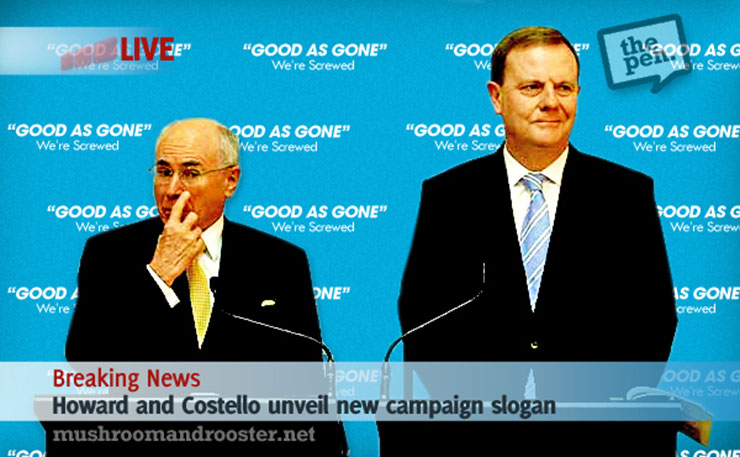
Abbott held out for another three months until September 2005, when growing mainstream media attention (led primarily by the ABC) finally shamed him into action. He announced an expansion of Opal across South Australia, Northern Territory and Western Australia.
A decade and a half later, in the dying days of his parliamentary career, Tony Abbott would have you believe the strategy was thanks to him. Obviously, it was in spite of him, but then Abbott has a long and well-documented history in Indigenous affairs of opposing ideas that work, and promoting ideas that don’t.
Nowhere is that more apparent than in Abbott’s three greatest strategies for ‘saving Aboriginal people from themselves’, as outlined in his Special Envoy speech.
“… It stands to reason that to have a decent life you’ve got to have a job, and to have a job you’ve got to have a reasonable education. As Prime Minister for Indigenous affairs, this, always, was my mantra: get the kids to school, get the adults to work, and make communities safe.”
And so how did he do?
Shooting Fish In A Barrel
One of the surprising things about analysing Abbott’s time as ‘Prime Minister for Indigenous Affairs’ is how simple it is to tear down his outrageous claims of policy triumph and progress.
There’s a simple reason for that: while Hitler had five basic rules of propaganda, Goebbels added 19 principles to underpin them. The fifth principle – and one of the most crucial – is that in order for a propaganda campaign to be successful, it must rely on “declassified, operational information”.
In other words, for Abbott to successfully rewrite his history in Indigenous affairs, he needs to be able to ‘leak’ official government documents (to a ‘conga-line of suck-hole’ friendly journalists) which at least partly supports his claims.
Those documents simply don’t exist.
Instead, a wealth of material does exist which completely undermines Abbott’s ‘Special Envoy’ propaganda, and it’s readily available to the public. So let’s have a look at each of them in turn… but don’t settle in, this won’t take very long.
Employment Under Abbott
According to the Prime Minister’s 2020 Report Card on Closing the Gap: “Employment rates for Indigenous Australians increased in New South Wales and the Northern Territory, while other jurisdictions experienced a decline over the past decade (2008-2018).”
Nationally, over the same period, the Indigenous employment rate increased from 48.2 percent to 49.1 percent.
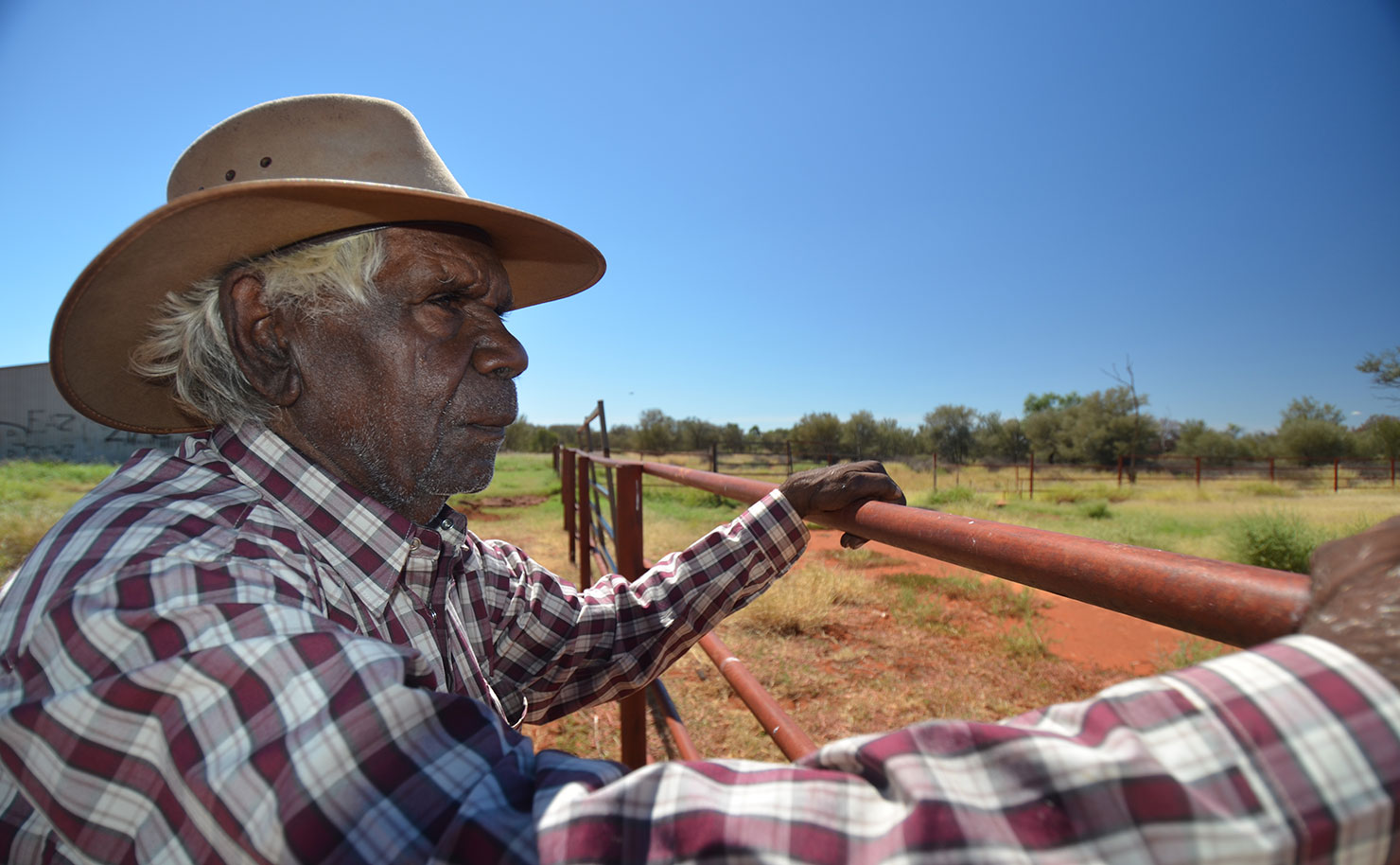
Or in other words, before, during and after Abbott’s time as ‘Prime Minister for Indigenous Affairs’, Aboriginal employment increased nationally by less than one percent, and it took just over a decade to achieve it.
At that rate, Aboriginal employment will achieve parity with non-Aboriginal employment (75 percent) by about the year 2280.
Safer Communities Under Abbott
While ‘community safety’ is primarily a responsibility of the states and territories, the Commonwealth does play a funding role. But unfortunately, it’s almost impossible to determine the effectiveness of programming around increasing community safety under Tony Abbott.
When Abbott created the Indigenous Advancement Strategy on taking office, he didn’t just stuff up its implementation. According to a report from the Australian National Audit Office in 2019, he also neglected to build in any mechanisms through which the effectiveness of IAS funding could be measured. It’s unlikely incompetence on this grand a scale has occurred in any other area of government programming, since Federation.
All of which explains why this link to the Commonwealth’s ‘Indigenous community safety’ page is so sparse on detail… because they don’t have any. In a nutshell, billions and billions of taxpayer dollars have been expended over more than half a decade by a funding model Abbott created, and the Commonwealth literally has nothing in the way of actual evidence to show that it’s working.
But here’s some evidence that it’s not working: according to a 2017 report from the Australian Bureau of Statistics, since 2010 the assault victimisation rate for Aboriginal and Torres Strait Islander people decreased in New South Wales but increased in South Australia and the Northern Territory (data from the other states and territories was of such a poor quality the ABS couldn’t crunch it).
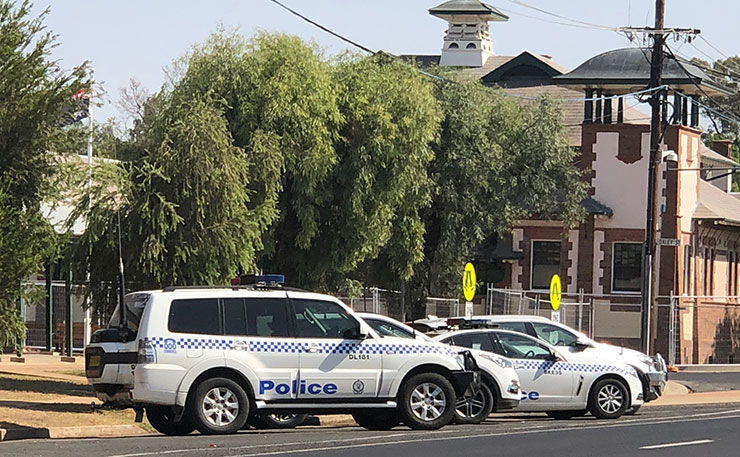
Of course, most of us would rather be assaulted than murdered, but there’s bad news on that front too: From 1989 to 2012 there were 7,217 homicides in Australia – 13 percent of victims were Indigenous. By 2017-18 (the most recently available figures) it was still 13 percent, although it peaked at 16 percent at the end of Abbott’s reign as Prime Minister.
Education Under Abbott
Jobs and safety are undoubtedly important, but as ‘Prime Minister for Indigenous Affairs’, Abbott went all-in on the issue of education: specifically, getting Aboriginal kids to school, particularly in remote regions. Here’s another brief excerpt from his Special Envoy speech:
“The Prime Minister and I soon agreed that, as special envoy, my task was to foster better remote school attendance and performance, because this is our biggest single challenge.”
Of course, Abbott already had a chance to improve remote school attendance five years earlier when he launched his signature policy, the Remote Schools Attendance Strategy, a “key initiative… designed to lift school attendance in selected remote communities across Australia”.
Body language experts say touching your ears while you talk is a sign you’re lying. This is helpfully demonstrated by a young Aboriginal student during the Cherbourg, Queensland leg of Tony Abbott’s Special Envoy tour.
It’s not clear what Abbott expected to achieve as a ‘Special Envoy’ in 2019 that he couldn’t achieve as Prime Minister in 2014, but right at the end of his speech, Abbott thanked the 16 communities he spent $97,000 of taxpayer’s money visiting:
“I thank the schools and communities of Warruwi, Galiwinku, Nhulunbuy, Yirrkala, Borroloola, Koonibba, Yalata, Coober Pedy, Pukatja, Broome, Kununurra, Coen, Aurukun, Hope Vale, Palm Island and Cherbourg for making me welcome.”
It prompted Labor’s Linda Burney – the first Aboriginal woman elected to federal parliament – to yell out, “Borroloola didn’t!” (a reference to the community sending him packing when he turned up announced).
There are 31 school campuses in the 16 communities Abbott visited as Special Envoy. I analysed school attendance figures for 30 of them (one school campus has some ‘statistical anomalies’ that couldn’t be explained at the time of press, so I’ve not included them in this story).
The research took a little under two hours, and the results are similarly underwhelming… or shocking, if you actually care about the future of Aboriginal kids in remote regions.
Tony-Schools-De-Identified-Final
Of the 30 school campuses analysed, 24 of them have the same or worse school attendance figures today than when Abbott rolled out his remote school attendance reforms (for the statistic nerds, we calculated an average school attendance rate for each campus from 2015 to 2019, and then compared that to the base year of 2014 when the RSAS was launched).
Of the six schools that did achieve increased attendance, none of them reached double figures, despite the expenditure of tens of millions of taxpayer dollars over more than half a decade.
The school with the largest increase was Yirrkala, in Arnhem Land. It recorded a nine percent jump, up from 56 percent to 65 percent attendance.
Lots Of Ifs, One But
Over to Special Envoy Abbott, one last time:
“Posing this simple question ‘How do we get every child to go to school every day?’ prompted one teacher, an elder, who had been at Galiwinku school since the 1970s, to sigh that she had been asked the same question for 40 years.
Pretty obviously that’s because after all that time the answer still eludes us. Yes, if there were more local jobs and a stronger local economy, if housing wasn’t as overcrowded, if family trauma wasn’t as prevalent and sorry business so frequent, if the sly grogging and the all-night parties stopped, if there were more Indigenous teachers and other successful role models, if pupils didn’t have hearing problems or foetal alcohol syndrome and maybe if Indigenous recognition had taken place and land claims had been finalised, it might be easier.
In their own way, these all feed into the issue; but, if we wait for everything to be fixed, little will ever be achieved.”
That’s a lot of ‘ifs’. Eight of them in fact, but they provide a valuable insight into Abbott’s beliefs around Indigenous advancement.
Aboriginal people have never asked for ‘everything to be fixed’, but like all Australians, they have a right to expect that government policies won’t make their lives worse. Abbott’s undeniably have. Just like in 2005, when Abbott’s initial response to an epidemic of petrol sniffing was a shrug of the shoulders, he seems to genuinely believe that Aboriginal people should simply ignore the third world reality of their lives, and just ‘get on with it’. After all, he got his three daughters to school most days (well, his wife did).
Granted, that school was one of the wealthiest private schools (with an income in 2017 of more than $37 million) in one of the wealthiest suburbs in the country. And admittedly, at least one of his daughters was then awarded a secret $60,000 scholarship from a private college (while Abbott pocketed a six-figure annual salary and a lifetime pension courtesy of the taxpayer).
But if Tony Abbott – who also went to one of the wealthiest private schools (with an income in 2018 of more than $56 million) in one of the wealthiest suburbs in the country, before attending arguably the most respected university on earth (courtesy of a Rhodes scholarship awarded to him by Dyson Heydon, a former High Court Judge who Abbott later appointed as a Royal Commissioner to pursue the unions – this afternoon Heydon is facing multiple accusations of sexual harassment) – can do it, then why can’t Aboriginal people?
It’s not all that surprising that someone whose lived a life of such extreme privilege might believe that overcrowded housing, high unemployment, drug and alcohol problems, chronic poor health, generational trauma and dispossession shouldn’t really prevent communities from sending their kids to school. But extreme poverty is in fact only just one of the barriers.
Aboriginal people overwhelmingly prioritise kin over everything else, so when someone in the family network dies, sorry business takes precedence. School does not. And if you’re wondering how often Aboriginal people in the outback die, the life expectancy of a black male living in a remote community in 2017 was 65.9 years… the same for someone living in Afghanistan.
Equally, a parent’s schooling experience is another factor. Imagine being brutalised by your teachers and classmates while you watch the history of your people and the oppression they endured erased from the classroom. That was the schooling experience of the vast majority of today’s Aboriginal parents. Now ask yourself an ‘if’ question that has clearly never occurred to Abbott: If that happened to you, how much convincing would it take to subject your own kids to it?
There are many more reasons why school attendance in Aboriginal communities is so challenging – more than we have space for here – but in the interests of moving forward, here’s a couple more ‘ifs’.
If Abbott’s ridiculous claims about his time as ‘Prime Minister for Indigenous Affairs’ are so easily debunked, then why do they endure? And if, by any objective measure, Abbott’s ‘service to Indigenous communities’ was such a spectacular failure, why did he win a Queen’s Birthday honour for it?
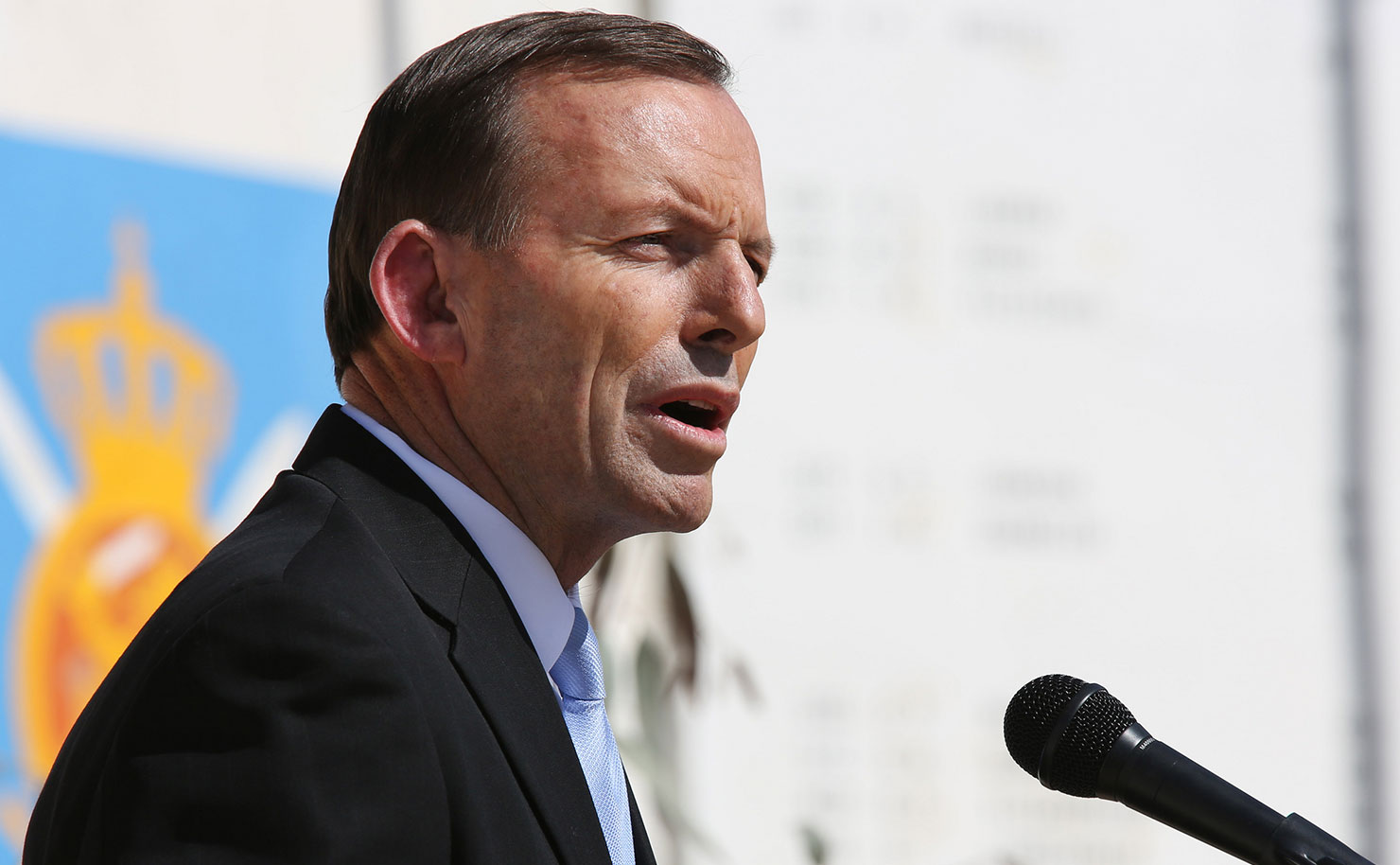
The fact that Aboriginal people are either no better off – or worse off – today under Abbott’s mantra of ‘jobs, school and safety’ hasn’t so much been lost in the debate, it’s never even really been acknowledged, and there’s a simple explanation why.
Goebbels 18th Principle: Propaganda must facilitate the displacement of aggression by specifying the targets for hatred.
Ordinarily, the response of taxpayers to the expenditure of billions and billions of dollars for either no gain, a net loss, or no capacity to measure outcomes would evoke widespread outrage. But that never happens whenever the latest Indigenous affairs policy failure is exposed.
With the enthusiastic assistance of mainstream media, politicians from across our political spectrum have made an art-form (and a handsome living) out of blaming Aboriginal people for their own poverty. Goebbels 18th Principle is the ‘go to’ propaganda technique in Australia because no politician in history has ever lost their seat over the conditions Aboriginal communities endure, and the litany of policy failures that created it. Of course, plenty of politicians have won seats (and elections) by pinning the blame on Aboriginal people.
That’s why Abbott suggested the solution to petrol sniffing was for dirt poor Aboriginal parents to control their wayward children, and then later claimed credit for a solution Aboriginal communities were asking for, but he opposed.
It’s why Abbott erased at least 70,000 years of Aboriginal history when he suggested Sydney was ‘nothing but bush’.
And most notably, it’s why Abbott used the term ‘lifestyle choice’ to conflate the desire of Aboriginal people to live in peace on their own country as an impost on the long-suffering taxpayer, when in fact the person who bears the greatest responsibility for wasting tax dollars is Abbott himself.
Speaking of lifestyle choices, as an interesting aside, the full name of the Arnhem Land school mentioned above (which raised its attendance rates) is the ‘Yirrkala Homeland School’. It provides education services to 89 students spread across nine campuses in small, satellite communities across the region.
But Yirrkala – an 11-hour drive from Darwin with a population that fluctuates between 800 and 1,200 – actually has two schools: the Yirrkala Homeland School to service the outlying outstation communities; and the Yirrkala School (YS), with 154 students based on a single campus in the town proper.
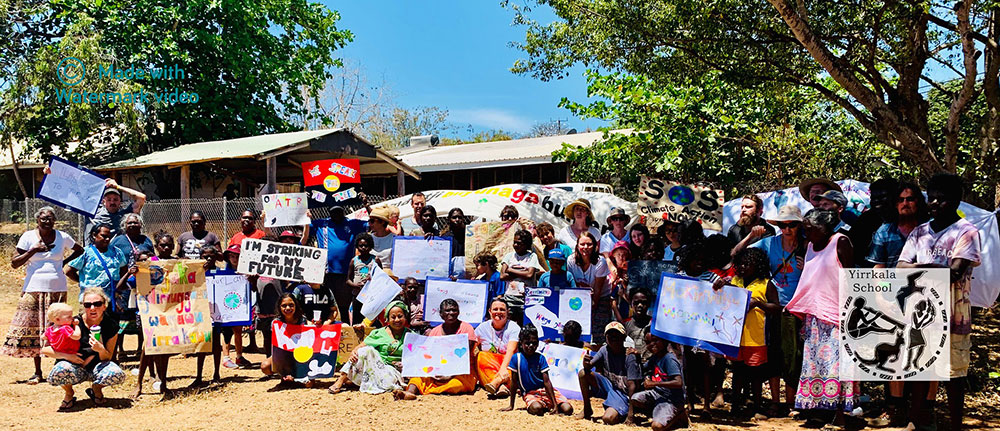
In 2014, when Abbott came to power, YS’s attendance rate was 57 percent. By the end of 2019, while Abbott was delivering his Special Envoy speech in parliament, it was 48 percent, a drop of nine percent over six years. The Yirrkala Homeland School, by contrast, saw a rise of nine percent over the same period.
If the penny hasn’t dropped for you yet, don’t be too hard on yourself: it clearly hasn’t for the former ‘Prime Minister for Indigenous Affairs’ either. But here it is.
Of the 16 communities Abbott visited in his role of Special Envoy, the school that recorded the highest lift in attendance under his remote schools strategy was set up specifically to service a series of small outstations, the very communities which Abbott believes taxpayers shouldn’t have to fund because they support a “lifestyle choice”.
*Ed’s note: This feature is the first in a special investigative series on education in Indigenous communities. The next feature will reveal the figures for all 84 schools included in the Remote Schools Attendance Strategy (they’re even worse than these). The reason Indigenous affairs is rife with the sort of propaganda exposed above is because, with few exceptions, mainstream media don’t do their job (far easier to publish spin from a minister, like this story in The Age and Herald today). With that in mind, to any mainstream journalists reading this, the data on school attendance is publicly available at the MySchools website here. The list of RSAS participating schools is here. Short of sending you our spreadsheet (which will take you about three hours to build), we literally couldn’t make this any easier for you. You’ve got a week to scoop us.
Donate To New Matilda
New Matilda is a small, independent media outlet. We survive through reader contributions, and never losing a lawsuit. If you got something from this article, giving something back helps us to continue speaking truth to power. Every little bit counts.

